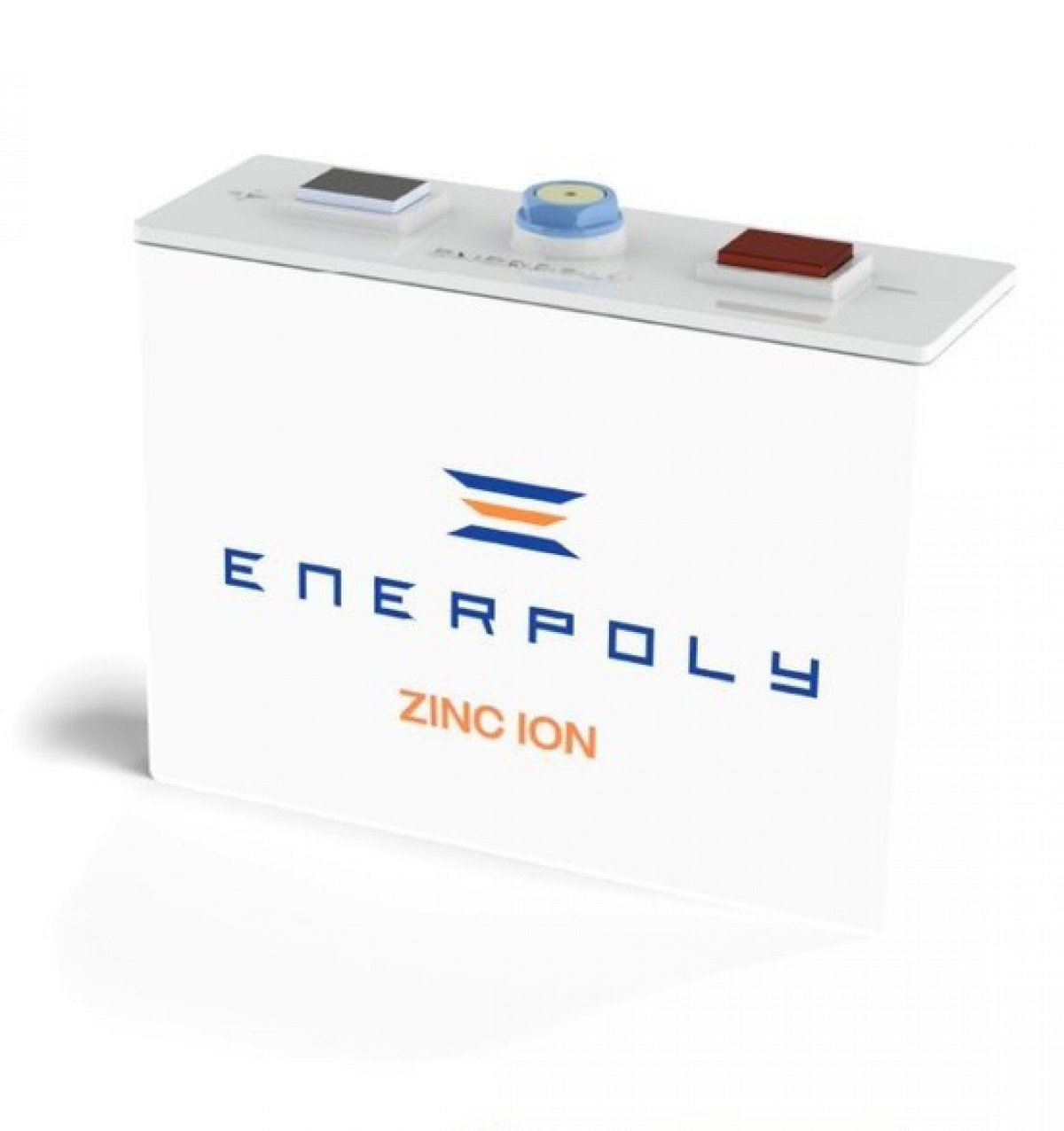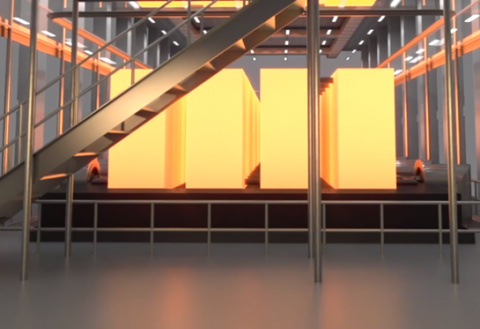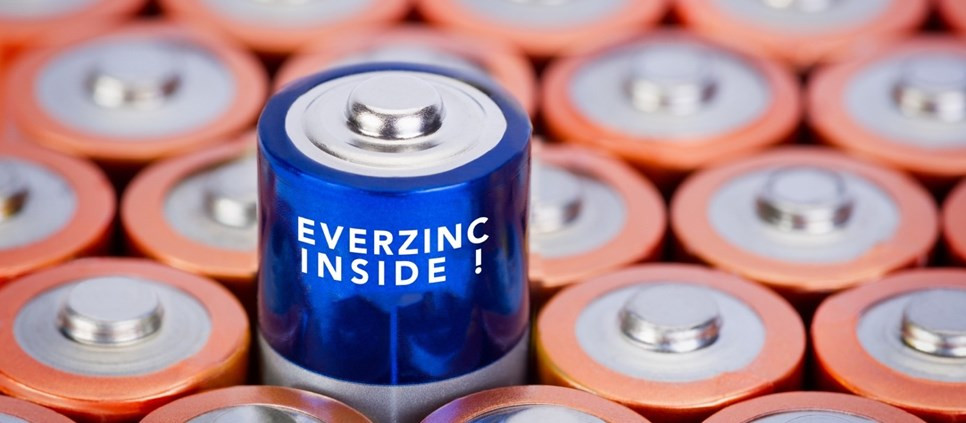Zinc is advancing to deliver as a top battery chemistry for energy storage in 2024, following a breakthrough in both funding and demonstration projects last year, writes Dr. Josef Daniel-Ivad* of the Zinc Battery Initiative (ZBI).
Leading zinc battery developers have aligned their aspirations in the Zinc Battery Initiative, presciently launched in 2020 by the International Zinc Association, which is dedicated to promoting zinc's key role in the energy transition. With dozens of commercial and demonstration projects on tap and empowered by a mix of public and private funding, these pioneering cleantech companies plan to make 2024 a year to recharge and remember, generating increased funding from investors who see the essential role played by zinc in the energy transition, from short-duration high power applications to long-duration energy storage and mobility applications.
Rechargeable zinc batteries come in many chemistries, but they share common advantages. Unlike conventional lithium-ion batteries, zinc batteries are nonflammable and pose no fire risk. In addition to its inherent safety, zinc is plentiful around the world, can be produced sustainably, and is recyclable. Battery uses include powering traffic lights at intersections, providing backup power to data center, providing long-duration energy storage for residential, commercial, and industrial properties, and powering e-scooters, e-bikes, and electric vehicles.
As more zinc battery developers begin commercialization, zinc also promises to be lower maintenance, more cost-effective, and last longer. With these many benefits, zinc batteries can help fulfill the growing demand for energy storage, recently estimated by BloombergNEF to more than double in capacity in just six years to 650 giga-watts and 1,877 GWh, respectively.
The governments of both the United States and Sweden dramatically boosted their funding and focus to zinc battery technology. The Swedish Energy Agency recently awarded $8.4 million to zinc-ion battery developer Enerpoly to build a factory to produce a 100 MWh of zinc-ion batteries. Construction already has started, and the factory is expected to be operational in 2026 to generate a sustainable, safe, and affordable alternative to conventional and Lithium batteries.
In the United States, four North American battery producers received 2023 awards from both the Departments of Energy to build projects demonstrating the efficiency and value of zinc batteries, more than any other ascendant battery technology. Zinc-bromine battery producer Redflow was selected to build a 34.4 MWh energy storage project at the Valley Children's Hospital in Madera, California.
The project will replace diesel generators with cleaner and cheaper zinc batteries and solar power, serving as a model of clean backup power at other hospitals and emergency care centers. This DOE grant follows a recent contract awarded by the U.S. Department of Defense to provide energy storage at the Stewart Air National Guard Base in New York as well as funding from the California Energy Commission to build a 20 MWh energy system for a solar and storage project for the Paskenta Band of Nomlaki Indians.
Slated for deployment starting in 2024, E-Zinc, Redflow and Urban Electric Power are joined by zinc-bromine battery producer Eos Energy Enterprises to complete the zinc battery developers awarded major funding in 2023 by the U.S. Department of Energy (DOE). Eos will provide its 10-hour duration batteries at multiple renewable energy projects located in the Pacific Northwest and Upper Midwest.

Exploring the potential of Zinc Battery technology
Additionally, zinc is being developed as a hydrogen-on-demand system in the up-and-coming hydrogen storage technology sector. A zinc to hydrogen system functions in a similar manner as an electrolyzer and a zinc-air battery combined, where typically electrolyzers are Electricity-to-Hydrogen systems, this system does Electricity-to-Zinc-to-Hydrogen. The hydrogen can be produced whenever its needed, not whenever the electricity is available.
Hence, issues and problems around safe and efficient hydrogen storage can be avoided with this hydrogen-on-demand approach. Companies developing solutions in this field will provide safe, affordable, scalable and efficient renewable energy storage for utility, industrial and residential applications.
As a sign of the sunny outlook for zinc batteries, both E-zinc and Urban Electric Power launched into 2024 with January funding from DOE. Both received grants backed by the DOE as part of the Bipartisan Infrastructure Law to help fast track commercialization of their respective zinc battery technologies.
From government to private funding, zinc batteries will make major moves in 2024 through new products and partnerships, an array of demonstration projects, and the creation and expansion of production facilities. As more policy makers and energy planners recognize the outstanding value and performance of zinc batteries, the essential element is ready and able to meet the growing demands of the energy transition.
*Dr. Josef Daniel-Ivad manages the Zinc Battery Initiative, created by the International Zinc Association in 2020 to promote zinc batteries in their many chemistries and configurations.
ZBI is comprised of 24 members, including both zinc battery developers AEsir Technologies Inc., AZA Batteries, Enerpoly, Enzinc, Eos Energy Enterprises, E-zinc, HILABS, Imprint Energy, Nippon Shokubai, Printed Energy, Redflow, Salient Energy, Urban Electric Power, ZAF Energy Systems, Zelos, Zinc8 Energy Solutions, and ZincFive, and zinc battery suppliers Bruggemann, Diamonchem, EverZinc, Grillo, IMR Metal Powder Technologies, Nippon Shokubai, Octet Scientific, and Zochem.

Zinc Batteries: Rightly positioned to assist Energy Storage industry on sustainable goals
Read More


